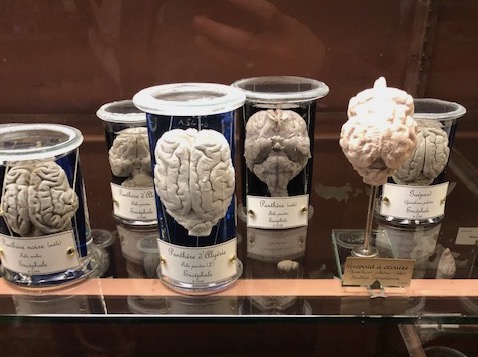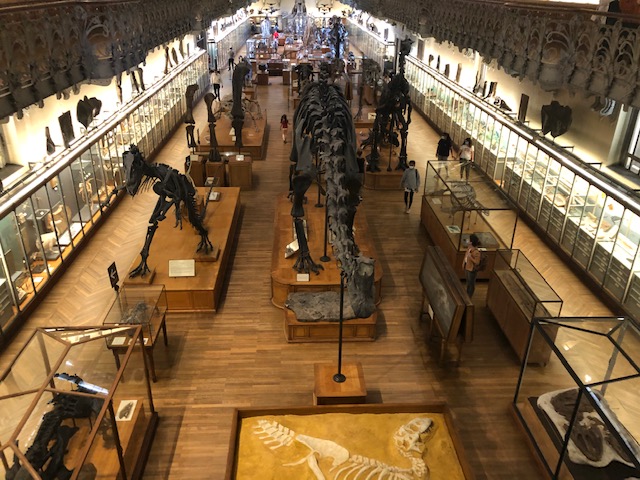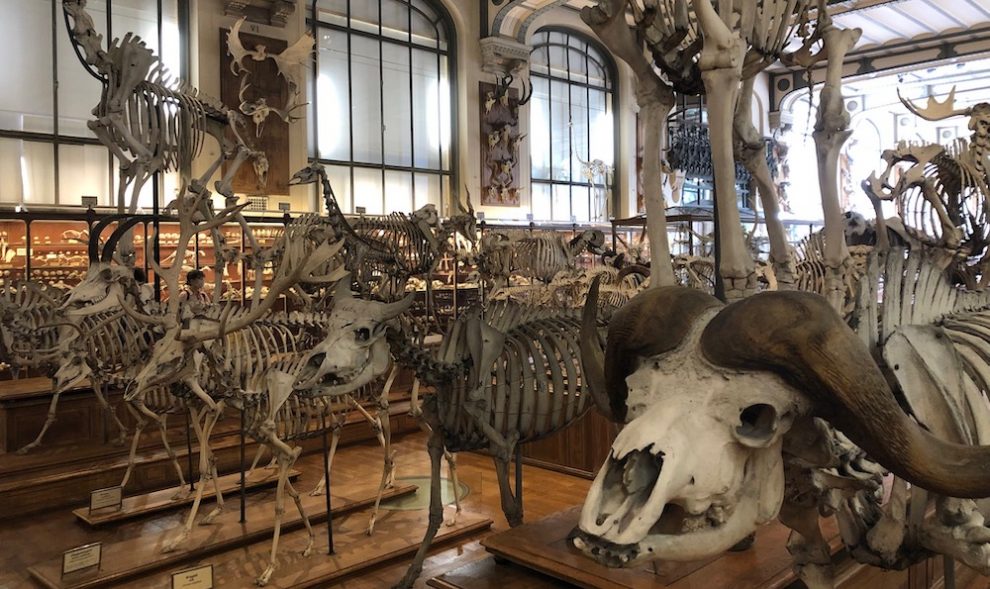Belonging to the Museum of Natural History (which includes, among others, the Great Gallery of Evolution or the Jardin des PLantes), the gallery of Paleontology and Comparative Anatomy offers to discover the world of vertebrates present in nature as well than living things that have disappeared from the planet. Herds of skeletons and hundreds of organs that make this museum a real cabinet of curiosities, highlighted by the magnificent architecture of the building, built for the Universal Exhibition of 1900.
Witness to centuries of research and history of life, the gallery of Paleontology and Comparative Anatomy has an impressive collection of skeletons of wild carnivorous and herbivorous animals. Marine mammals, birds, reptiles … On the ground floor, you will find animals from around the world, including the famous rhinoceros offered to Louis XV and died during the French Revolution.
All around the gallery are presented in display cases of animal organs. Sensitive souls are warned!

On the second floor is the gallery of Paleontology. By following a chronological route, you cross the stages of the history of life. From the Paleozoic era (- 540 to – 250 million years) to the golden age of dinosaurs (Mesozoic era, – 250 to – 65 million years), you will discover the impressive molding of a Diplodocus , a Sarcosuchus, giant crocodile with scary teeth, or even an Iguanodon, a Triceratops, as well as the gigantic Dunkleosteus.

All around the gallery, a mezzanine lists an impressive number of invertebrates that have populated the planet for 3.5 billion years, and another part is devoted to plant fossils.
An exciting museum, particularly suitable for children.


